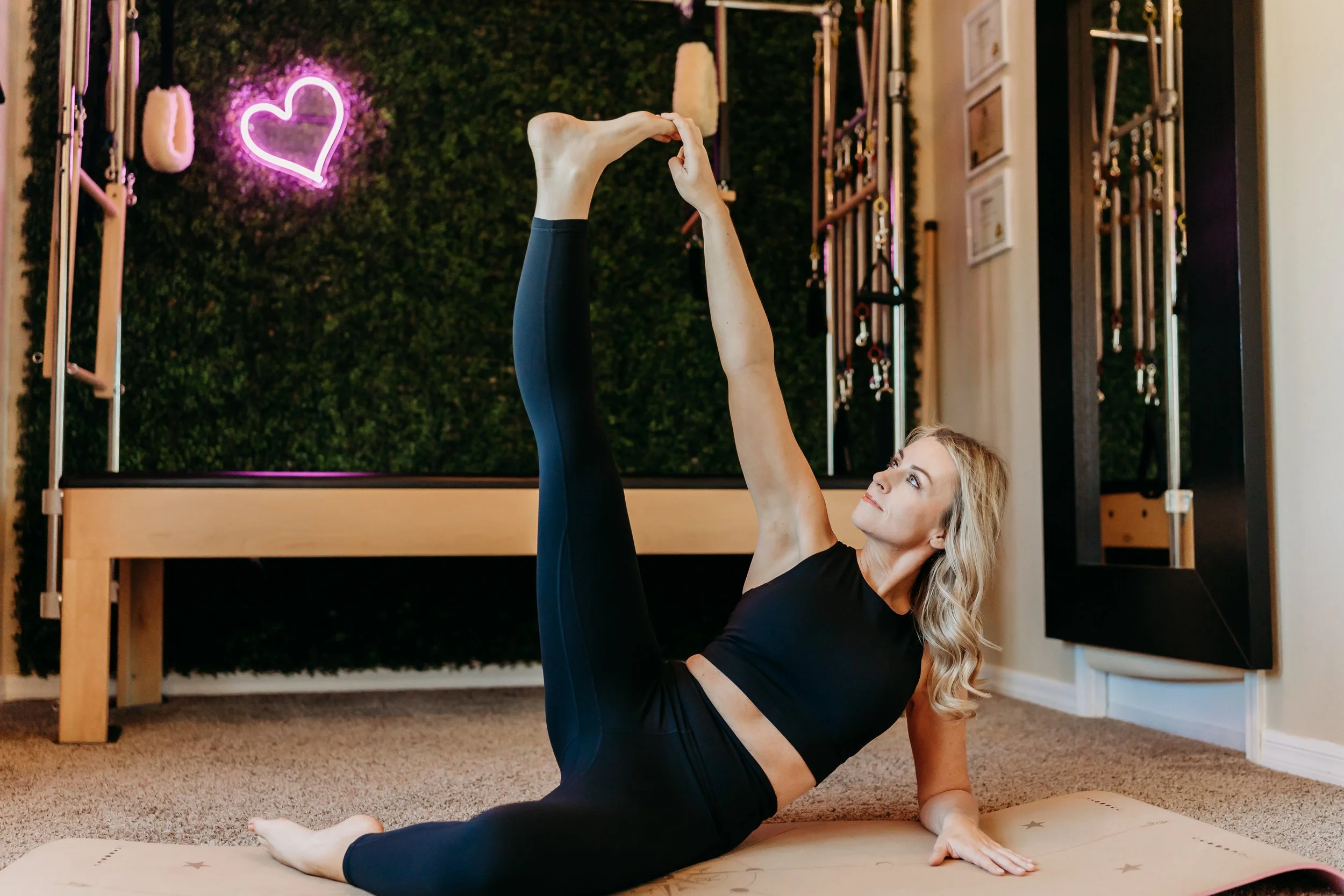Pilates vs. Yoga: Which One is Right for You?
When it comes to mind-body exercises, Pilates and yoga are two of the most popular and effective options. Both practices offer numerous physical and mental health benefits, but they have key differences that may make one more suitable for your needs than the other. Whether you're looking to improve flexibility, build core strength, or relieve stress, understanding the distinctions between Pilates and yoga can help you decide which one is right for you.
What is Pilates?
Pilates is a low-impact exercise system developed by Joseph Pilates in the early 20th century. It focuses on core strength, stability, and controlled movements. Pilates can be performed on a mat or with specialized equipment, such as the Reformer, to add resistance and enhance muscle engagement.
Key Benefits of Pilates:
Core Strength: Pilates emphasizes deep core engagement, helping to improve posture and support spinal health.
Muscle Toning: The practice targets and tones muscles without adding bulk, making it ideal for lean strength development.
Improved Posture: Many Pilates exercises promote proper spinal alignment and body awareness, reducing strain on the neck and back.
Injury Prevention & Rehabilitation: Pilates is often recommended for rehabilitation because it strengthens muscles without excessive strain on the joints.
Enhanced Flexibility & Mobility: While not as focused on deep stretching as yoga, Pilates helps improve overall mobility and joint stability.
What is Yoga?
Yoga is an ancient practice that originated in India over 5,000 years ago. It combines physical postures (asanas), breathing techniques (pranayama), and meditation to promote physical, mental, and spiritual well-being. Yoga can range from gentle and meditative to intense and physically demanding.
Key Benefits of Yoga:
Increased Flexibility: Yoga focuses on deep stretching, improving overall flexibility and range of motion.
Mindfulness & Stress Relief: The incorporation of breathwork and meditation makes yoga an excellent tool for relaxation and mental clarity.
Strength & Endurance: Many styles, such as Vinyasa and Ashtanga, build muscle endurance through sustained poses and flowing sequences.
Balance & Coordination: Yoga improves overall body awareness, helping with stability and preventing injuries.
Emotional & Mental Well-Being: Regular yoga practice can help manage anxiety, reduce stress, and promote a sense of inner peace.
Which One is Right for You?
Your choice between Pilates and yoga depends on your personal goals, preferences, and physical needs. Here are some guidelines to help you decide:
Choose Pilates if:
You want to strengthen your core and improve muscle tone.
You have back pain or are recovering from an injury.
You prefer structured, controlled movements with a focus on precision.
You want to enhance your posture and prevent muscle imbalances.
Choose Yoga if:
You want to increase flexibility and overall mobility.
You are looking for stress relief and mindfulness practices.
You enjoy deep stretching and fluid, meditative movements.
You want to incorporate spiritual or breathwork elements into your routine.
Can You Do Both?
Absolutely! Many people find that a combination of Pilates and yoga offers the best of both worlds. Pilates helps build strength and stability, while yoga enhances flexibility and relaxation. Integrating both practices into your routine can lead to a well-rounded fitness regimen that supports both physical and mental well-being.
Final Thoughts
Both Pilates and yoga offer incredible benefits, and there is no right or wrong choice—just what works best for you. If you’re unsure, try a few classes of each to see which practice resonates with your body and lifestyle. Whether you choose Pilates, yoga, or both, moving your body and prioritizing self-care will always be a step in the right direction.
Have you tried both Pilates and yoga? Which one do you prefer and why? Share your thoughts in the comments below!

